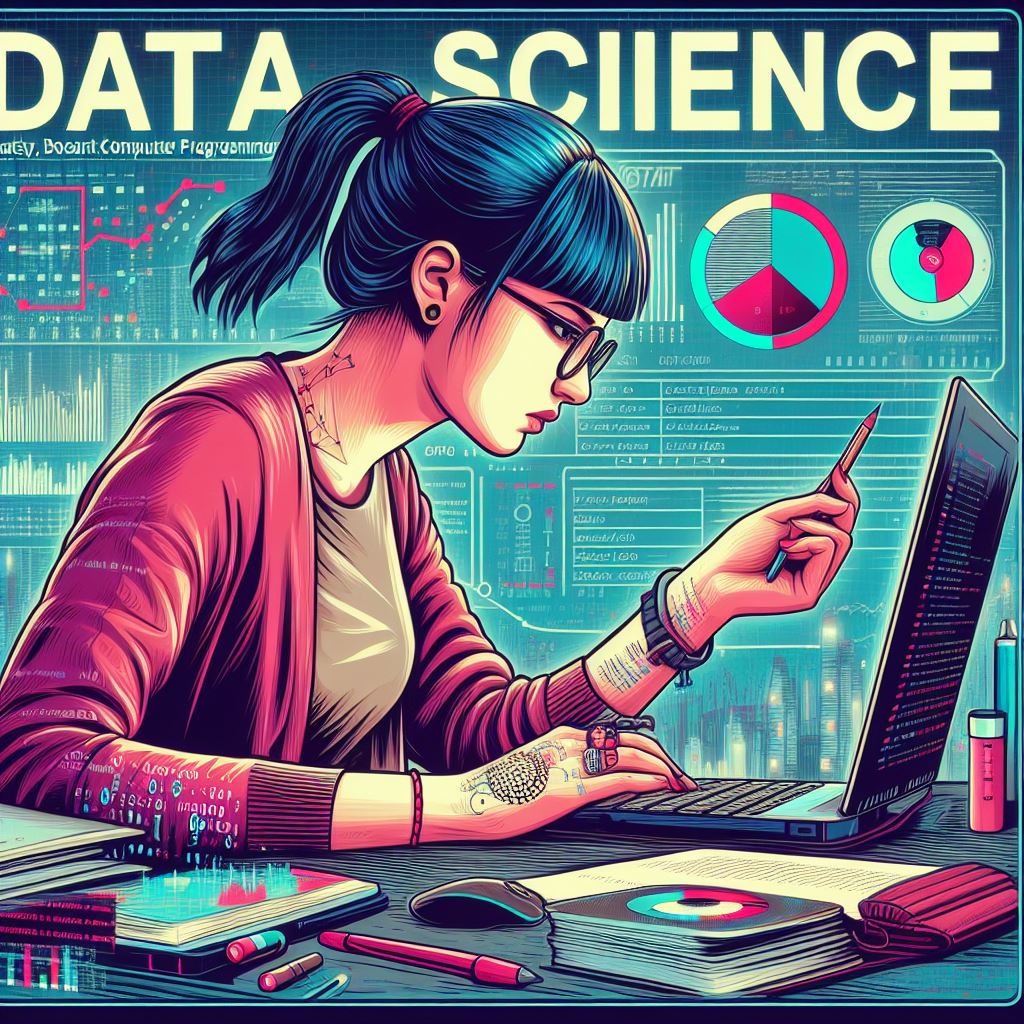Machine learning (ML) has come a long way in recent years, reshaping industries, improving automation, and enhancing data-driven decision-making. As we approach 2025, the future of ML is poised for even more transformative changes. This article explores the key trends and innovations in ML that are expected to define the field over the next few years, and how businesses, developers, and individuals can prepare for the rapidly evolving landscape.
1. More Powerful and Accessible AI Models
One of the biggest trends in machine learning for 2025 is the development of more powerful and accessible AI models. Advances in deep learning and neural networks have already enabled breakthroughs in natural language processing (NLP), computer vision, and predictive analytics. By 2025, these technologies will become even more efficient and accessible to a wider range of users, from large corporations to small businesses and independent developers. Expect to see tools and frameworks that allow non-experts to implement and fine-tune complex models with ease.
2. Automation of Machine Learning (AutoML)
AutoML, the process of automating the end-to-end process of applying machine learning to real-world problems, is gaining significant traction. By 2025, AutoML tools are likely to be more refined and integrated into everyday business operations. These tools will not only speed up the model-building process but also enable businesses to focus on higher-level decision-making rather than the technical intricacies of data preprocessing, feature selection, and model tuning. As AutoML becomes more mainstream, expect a democratization of machine learning capabilities, allowing businesses of all sizes to take full advantage of AI-driven insights.
3. Edge Computing and ML Integration
Edge computing, which involves processing data closer to the source rather than in centralized cloud data centers, is set to revolutionize ML applications. In 2025, we can expect more widespread integration of ML models with edge devices such as smartphones, IoT devices, and autonomous vehicles. This integration will allow for real-time decision-making and faster responses to data inputs, making ML more efficient and reducing latency. For industries such as healthcare, manufacturing, and transportation, this shift will enable smarter, more agile systems that can adapt instantly to new information.
4. Enhanced Personalization and Customer Experience
Machine learning will continue to play a crucial role in enhancing customer experiences by driving personalization. In 2025, we will see even more sophisticated recommendation systems and predictive analytics being used across various sectors, including retail, entertainment, and finance. By analyzing vast amounts of consumer data, ML algorithms will deliver hyper-personalized experiences, tailoring everything from product recommendations to content delivery and marketing messages. Businesses that embrace these technologies will be able to build stronger, more loyal customer bases.
5. Ethical AI and Responsible ML Development
As ML technologies advance, the focus on ethical considerations and responsible AI development will intensify. In 2025, we expect to see more stringent regulations, industry standards, and frameworks aimed at ensuring that machine learning systems are transparent, fair, and accountable. As companies continue to leverage AI for decision-making, it will be crucial to develop models that are free from bias and provide equal opportunities for all users. The push for ethical AI will become an integral part of machine learning innovation, ensuring that these powerful technologies are used for good.
Conclusion
The future of machine learning in 2025 promises to be a period of rapid innovation and transformation. From more powerful AI models and the rise of AutoML to edge computing and personalized customer experiences, the possibilities are endless. However, with this progress comes the responsibility to ensure that AI development is ethical and accountable. For businesses, developers, and individuals alike, embracing these advancements will be key to staying ahead in the evolving digital landscape.
5
